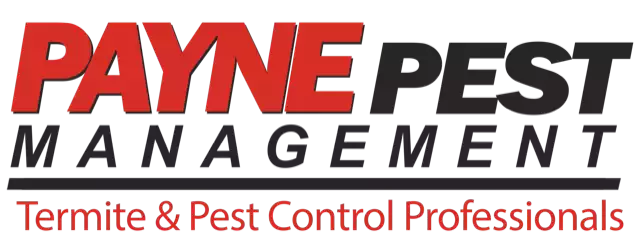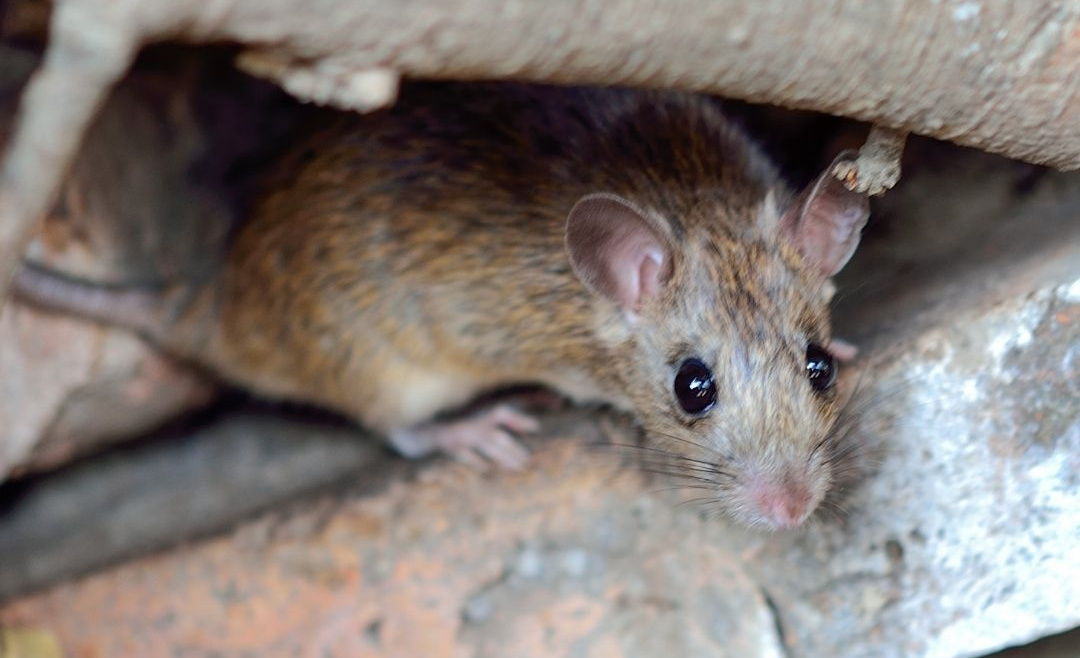The arrival of fall brings cooler temperatures, cozy sweaters, and a shift in nature’s palette. However, autumn also signals the return of some unwelcome house guests—pests looking to escape the chill. This blog post will uncover the most common critters infiltrating homes during the fall and explain why professional pest control is essential to maintaining a safe and comfortable living environment. Get ready to learn how to protect your home effectively.
Why Pests Invade in Fall
Seasonal Changes Drive Indoor Migration
As temperatures drop, many pests seek warmth and shelter. Your home provides the perfect sanctuary. From food sources to hidden nooks, it’s an inviting space for these invaders.
Food Scarcity in Nature
Fall also means fewer food sources in the wild. With crops harvested and plants dying back, pests turn to human habitats for sustenance. This seasonal scarcity makes your pantry an attractive target.
Ideal Breeding Conditions
The combination of warmth and sheltered environments inside homes creates optimal breeding conditions for pests. Without intervention, a few intruders can quickly become a full-blown infestation.
The Usual Suspects
Rodents
Rats and mice are notorious fall invaders. They can squeeze through tiny openings and are drawn to food and warmth. Their presence isn’t just annoying; it can pose significant health risks and cause structural damage.
Spiders
Spiders become more noticeable in the fall as they move indoors to avoid the cold. While most are harmless, some can be dangerous, such as the brown recluse or black widow.
Ants
Ant colonies often seek new nesting sites in cooler weather, leading them directly into homes. Carpenter ants, in particular, can cause severe damage by burrowing into wooden structures.
The Health Risks of Pest Infestations
Disease Transmission
Rodents and insects are vectors for disease. Rats can carry hantavirus, while cockroaches are known to spread salmonella. Protecting your home from these pests is crucial for maintaining your family’s health.
Allergies and Asthma
Pests like cockroaches and dust mites contribute to indoor allergens that can trigger asthma and allergic reactions. A pest-free home is essential for those with respiratory conditions.
Bites and Stings
Certain pests, such as bed bugs and spiders, can bite or sting, causing discomfort and potential medical issues. Preventing infestations can save you from these painful encounters.
DIY Pest Control Methods
Sealing Entry Points
One of the simplest ways to keep pests out is by sealing cracks and gaps in your home’s exterior. Use caulk and weather stripping to close off potential entry points.
Proper Food Storage
Store food in airtight containers and keep counters and floors clean. Reducing food availability can make your home less attractive to pests.
Home Remedies
Natural repellents, such as peppermint oil for spiders or vinegar for ants, can provide temporary relief. However, these methods are usually not sufficient for significant infestations.
Limitations of DIY Pest Control
Temporary Solutions
DIY methods often provide only temporary relief. Pests are resilient and can quickly find new ways to infiltrate your home.
Lack of Expertise
Identifying the type and extent of an infestation requires expertise. Misidentifying pests can lead to ineffective treatment and prolonged issues.
Safety Concerns
Improper use of pesticides can pose health risks to you and your family. Professional pest control ensures safe and effective application of treatments.
Professional Pest Control Benefits
Comprehensive Inspection
Professionals conduct thorough inspections to identify all potential pest entry points and hiding spots. Their expertise ensures no stone is left unturned.
Customized Treatment Plans
Pest control companies tailor their treatments to your specific situation. This customized approach ensures more effective results.
Long-Term Prevention
Professional treatments not only tackle current infestations but also include preventive measures. Regular maintenance visits can keep your home pest-free year-round.
Expert Tools and Techniques
Advanced Equipment
Pest control professionals have access to advanced equipment and products not available to the general public. This allows for more effective and efficient treatment.
Integrated Pest Management (IPM)
IPM is a holistic approach that combines multiple strategies to manage pest populations sustainably. Professionals utilize IPM to minimize environmental impact while effectively controlling pests.
Knowledge and Experience
Years of experience enable pest control experts to quickly identify and address pest issues. Their knowledge ensures that treatments are both safe and effective.
Cost-Effectiveness of Professional Pest Control
Preventing Property Damage
Investing in professional pest control can save you money in the long run by preventing costly repairs from pest damage.
Health Savings
By reducing the risk of disease and allergens, professional pest control can also save on medical expenses.
Peace of Mind
Knowing your home is protected by experts provides peace of mind, allowing you to enjoy the fall season without worry.
Choosing the Right Pest Control Service
Research and Reviews
Look for companies with positive reviews and a solid reputation. Personal recommendations and online reviews can guide your decision.
Certification and Licensing
Ensure the company is certified and licensed. This guarantees they meet industry standards for safety and effectiveness.
Eco-Friendly Options
Consider companies that offer eco-friendly pest control solutions. These options are safer for your family and the environment.
Preparing for a Pest Control Visit
Clear Communication
Discuss your pest issues and any specific concerns with the pest control company. Clear communication ensures they can tailor their approach to your needs.
Pre-Treatment Prep
Follow any pre-treatment instructions provided by the company. This might include clearing certain areas or temporarily relocating pets.
Post-Treatment Expectations
Understand what to expect after treatment. The company should provide guidance on any necessary follow-up actions to maintain a pest-free home.
Maintaining a Pest-Free Home Year-Round
Regular Inspections
Schedule regular inspections with your pest control service to catch potential issues early.
Proper Home Maintenance
Keep your home well-maintained, including regular cleaning and sealing any new cracks or gaps that appear.
Stay Informed
Stay informed about common pests in your area and proactive measures to prevent infestations.
Fall is a beautiful season, but it also brings the challenge of pest invasions. Understanding the most common fall invaders and why professional pest control is essential can help you protect your home effectively. By investing in expert pest control, you ensure a safer, healthier living environment for you and your family. Don’t wait until pests take over—take action today and enjoy a pest-free fall.
For those serious about maintaining a pest-free home, consider reaching out to a professional pest control service. Their expertise and tailored treatments can provide the peace of mind you need.







